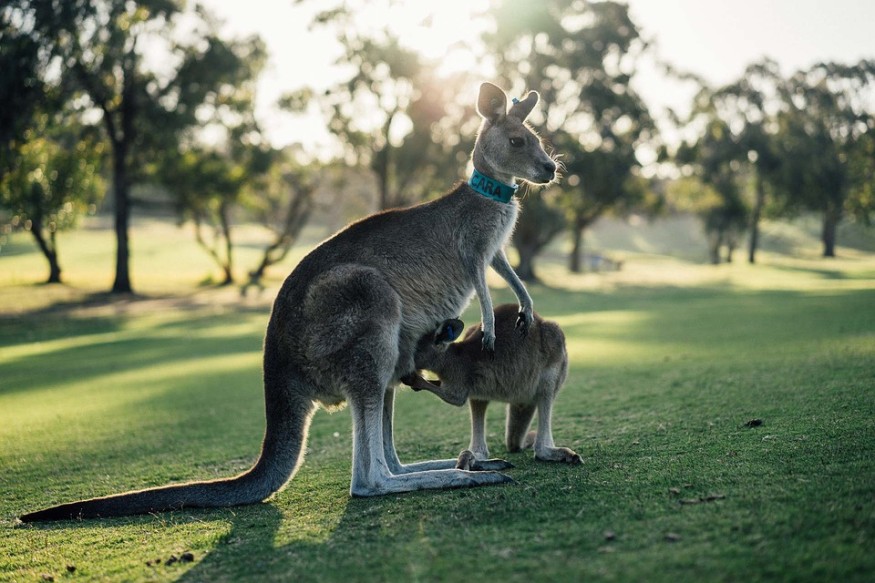A new study has found that kangaroos can learn to ask help from humans the way domestic animals like dogs and horses do.
In wildlife sanctuaries and zoos, kangaroos have been observed to use various gestures and another body language when they want to ask people for help. This is a similar behavior employed by domestic animals like horses and dogs.
It suggests that it is not only domestic animals who are capable of learning communication with humans but wildlife as well. They can learn this when there are humans around.
According to Hong Kong City University associate professor Alan McElligott, this discovery conflicts with other past theories that say that the capacity of animals to establish communications with humans has been due to domestication.
There are approximately fifty million kangaroos in Australia. It is a family of animals that were never domesticated. In the Australian continent, they form groups that roam freely.
READ: Saving Siberian Tigers Through Vaccination
Kangaroos are very common, enough for McElligott to say that they are Europe's equivalent to deer and can be considered as pests.
Kangaroos are also present by the thousands in parkas, sanctuaries, and zoos for protective and educational purposes.
A new study on kangaroo behavior

McElligott and a research team composed of his colleagues examined 16 individual captive kangaroos from three subspecies in Australia. They used similar methods that have been used in past studies involving goats, horses, and dogs.
They published the results of their new study in findings in the journal Royal Society Biology Letters.
READ ALSO: Animal Cruelty Cases To Be Filed To Owner of Puppy Found Dead in Backyard, Woman With 180 Animals
The researchers conducted the study by first training the kangaroos to associate a small box with food treats such as pieces of corn, sweet potatoes, and carrots.
Afterward, the scientists closed the box in such a way that the subject animals couldn't open it. They then observed how the kangaroos would respond.
The kangaroos behaved just like domestic animals did in the past experiments. They would consistently ask a human who was nearby to help them.
McElligott recalls that during the study, the kangaroo would look straight at his face, such as what a goat or dog will do, then look back to the food box. Some of the animals even went up to him and scratched his knee, much like a pawing dog would do when it is asking for attention.
The same observations were found regardless of the kangaroo subspecies. The study used three of them: Macropus fuliginosus fuliginosus or the western grey kangaroo, which is a friendly subspecies; Macropus giganteus or the eastern grey kangaroo, which is a generally "skittish" subspecies; and Macropus rufus or the red kangaroo.
McElligott was quite shocked at the behavior of the two subspecies who were less docile. He did not think that they would pass the training protocol.
There is little that scientists know about kangaroo cognition and social behavior. However, since they live in social groups, they may tend to reach out to others for help. This may even extend to others that do not belong to their own species, such as humans.
McElligott says that it remains to be seen whether wildlife other than kangaroos who live in social groups will similarly ask people for help in certain situations, just like domestic animals as dogs and horses do.
READ ALSO: The New Guinea Singing Dog Rediscovered, Helps Scientists Understand Human Vocalization Better
Check out for more news and information on Endangered Species on Nature World News.
© 2025 NatureWorldNews.com All rights reserved. Do not reproduce without permission.





